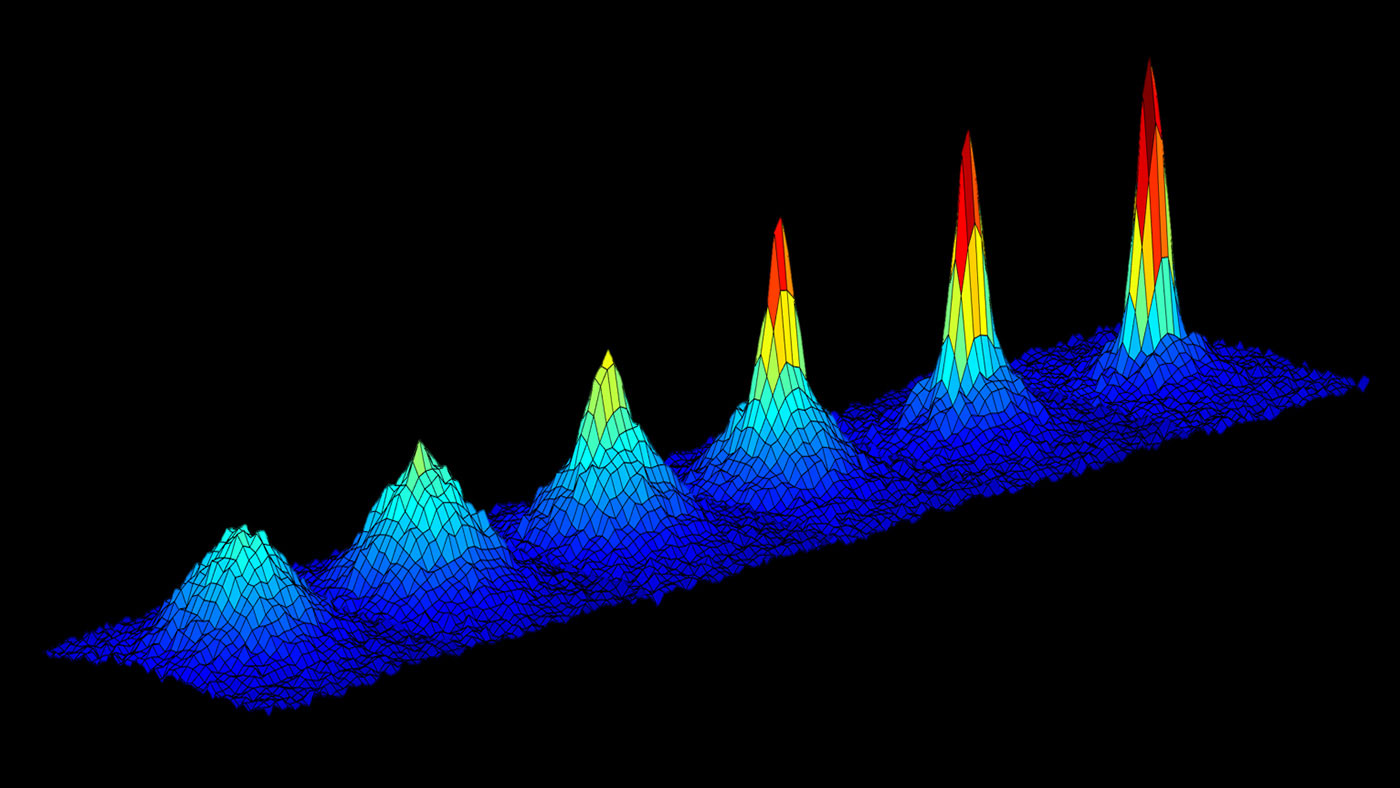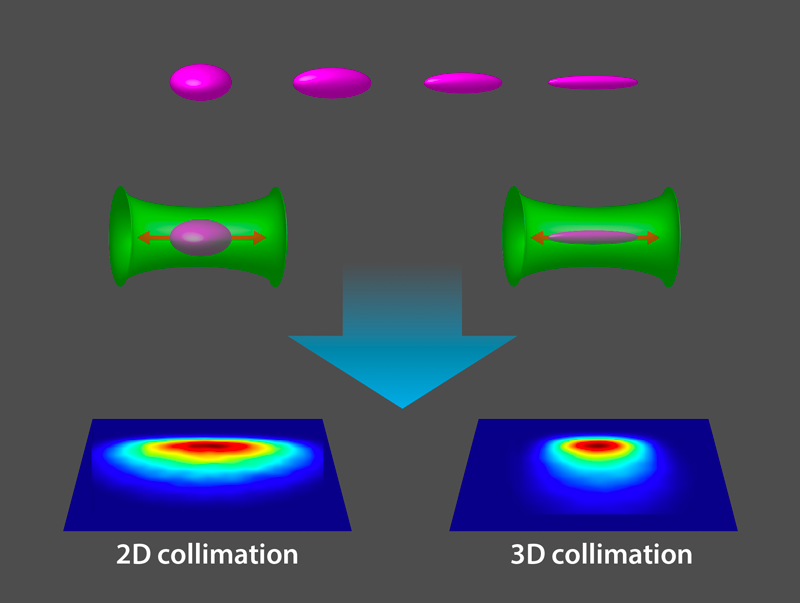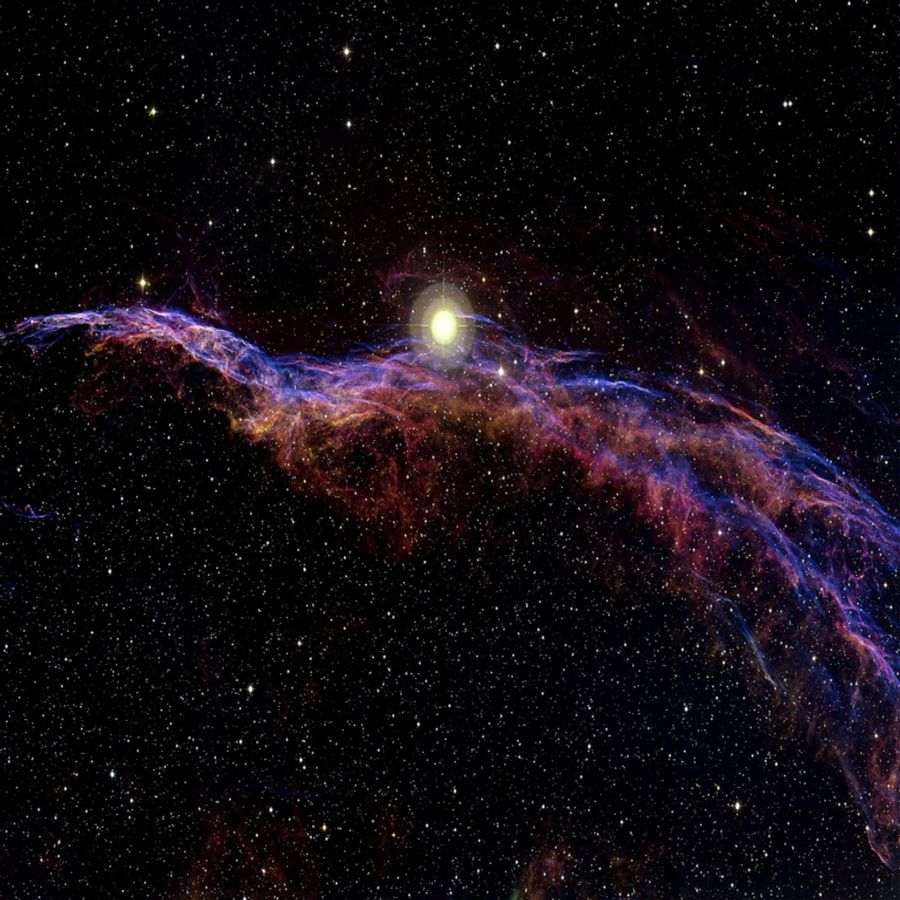One of the most sought-after fascinating theories of Science Fiction was to control not only matter but the very thing that constitutes it- Atom. Governing the smallest observable element has the biggest challenges. Often theorists and physicists have pondered upon the question “What If we were able to achieve Absolute Zero Temperature?”

Physicists like to call it “Nash Equilibrium”, a game theory. At these kinds of temperatures, you expect the macro or Newtonian physics to blow up and fuse into all kinds of bizarre and astounding Quantum phenomenon. “The Ultra-Cold atoms, for one thing, they lose their individual identities, fusing to form a state of matter called a Bose-Einstein condensate”, says Robert Thompson, a Researcher at NASA’s Jet Propulsion Laboratory.[1]
But there’s always a complexity that absolute zero isn’t zero on any other scale except Kelvin. Then how can we say it’s the “Coldest Temperature known to man?” To comprehend this fact, we need to visualize temperature beyond the digits that it initially represents, we need to understand the effect of temperature physically. Temperature is simply the amount of heat the body is releasing or gaining, that’s one way to look at it. But it’s really a measure of how fast atoms are moving at the quantum level more precisely the average kinetic energy of those particles.

Think of it as a game of billiards, where the cue strikes the ball and an energy transfer takes place. Trillions and Trillions of cues are hitting the balls and those balls are hitting other balls. The faster it hits; the more energy is transferred; the more the heat; the more the temperature. When a hot object comes in close proximity of a cold object, the hot one’s atoms hit the slow-moving cold ones, and in process of heat (energy) exchange, the hot one seems to cool down while the cold one seems to warm up.
The Zeroth Race
When Scottish Physicist William Thomson aka Lord Kelvin discovered Absolute Zero, it was for mere calculating methods. With that, the Race to Zeroth Position began.
Michael Faraday was the first to liquefy gases to around 143 K. Decades later, Polish professors Zygmunt Wróblewski and Karol Olszewski produced liquid oxygen achieving the score of 55.1 K. Then in 1908, Kamerlingh Onnes was the first-ever scientist to liquefy noble gas Helium to its boiling point of 4.15 K, and reach the milestone of 1.5 K by lowering pressure. This attainment gained him wide recognition and a Nobel Prize in 1913.[2]

In Feb 2003, Boomerang Nebula was discovered and reported the temperature to around 1 K nicknaming it “Universe’s Refrigerator.” In June 2015, scientists at MIT were able to cool molecules in the gas of Na and K to path-breaking 500 nanokelvins.[3] And finally in 2021, Researchers at the Institute of Quantum Optics, Hannover achieved the closest juxtaposition to Absolute zero with a record-breaking temperature of 38 picokelvins, literally like 10 zeroes after the point!!😲
How did they manage to do that?
The Feat for The Unfathomable
The team of Rasel and his co-researchers at the University of Hannover began experimenting with a possibility in matter-wave optics. They commenced the setup by suspending approx. 101k 87Rb atoms in a Bose-Einstein Condensate form.
Bose-Einstein Condensate (BEC) is a state of matter discovered by Sir Satyendra Nath Bose and Albert Einstein in 1925. It’s a state consisting of a very dilute gas of atoms or subatomic particles which are bosons. A BEC abides by a set of three laws mainly: They follow Bose-Einstein Statistics, have integer Quantum spin and occupy the same quantum state. The main highlight of BEC is when it is cooled to ultralow temperatures all bosons occupy the same quantum state resulting in a macroscopic quantum activity distinguishable and detectable by current tech.

The prepared BEC matter waves were allowed to perform a free fall in the 110-meter Bremen Drop tower for around 2 seconds. Between this period, they recorded the time evolution growth via absorption imaging and found out that without any lensing the BEC expanded through a random thermal motion to become too dilute to be detected after 1.6s. However, when the team collimated the BEC, the extrapolated results showed clear signs of slow expansion and detection for approx. 17s before it became diluted.
All they needed was a powerful matter-wave lens system to exploit the interaction of BEC and focus the atoms at infinity. With the BEC suspended in the cylindrical magnetic trap formed on a microchip, the researchers reduced the trap magnetic bias field i.e., released the force of the magnetic field along one direction.[4]
So, the BEC began to flatten along the waist and lengthen on one axis. They applied a magnetic lens of cylindrical geometry that twisted the trajectory of atoms inward along two radial directions along with collective mode excitation of BEC and by releasing the BEC at the time of maximum slimming, the applied magnetic lensing collimated the atomic motion in other two dimensions. In their deed, they achieved the unprecedented low temperature of 38 pK by an innovative matter-wave lens system in the time domain.[5]
The Ultra-Cool Future
After reading through much more speculating, every scientist thought that at Absolute Zero, all translative and vibration motion will cease to exist and atoms would freeze to their very core. This was a clear conundrum that hinted at an “Illusion of Time Control.” Was this impeccable modus to restraint the flow of time?! Perhaps not. In fact, the system possesses something called “Zero-Point Energy“, which leads to quantum fluctuations as a consequence of Heisenberg’s Uncertainty Principle. Thus, the general belief of controlling time wasn’t and wouldn’t ever be available to mankind in its rarest observance.
The new possibility to control and engineer the BEC shape and expansion may unlock new potential for fundamental as well as quantum physics. The ability to control such a state can enable high-precision gravitational wave detection, an accurate measurement of Gravitational Constant- ‘G’, tidal force of gravity, search for Ultralight Dark Matter, and most importantly the quantum verification of Einstein’s Equivalence principle.
The constraints of science have always been the source of acrid disappointment when people conjectured something from science that it was impotent to proffer.
Karl Jespers
References
- Powell, C. S. (2018, November 29). What is absolute zero? NBC News. https://www.nbcnews.com/mach/science/what-absolute-zero-ncna936581
- “The Nobel Prize in Physics 1913: Heike Kamerlingh Onnes”. Nobel Media AB. Retrieved 24 April 2012.
- “MIT team creates ultracold molecules”. Massachusetts Institute of Technology, Massachusetts, Cambridge. Archived from the original on 18 August 2015. Retrieved 10 June 2015.
- Pritchard, D. E. (1983). Cooling Neutral Atoms in a Magnetic Trap for Precision Spectroscopy. Physical Review Letters, 51(15), 1336–1339. https://doi.org/10.1103/physrevlett.51.1336
- Deppner, C., Herr, W., Cornelius, M., Stromberger, P., Sternke, T., Grzeschik, C., Grote, A., Rudolph, J., Herrmann, S., Krutzik, M., Wenzlawski, A., Corgier, R., Charron, E., Guéry-Odelin, D., Gaaloul, N., Lämmerzahl, C., Peters, A., Windpassinger, P., & Rasel, E. M. (2021). Collective-Mode Enhanced Matter-Wave Optics. Physical Review Letters, 127(10). https://doi.org/10.1103/physrevlett.127.100401



